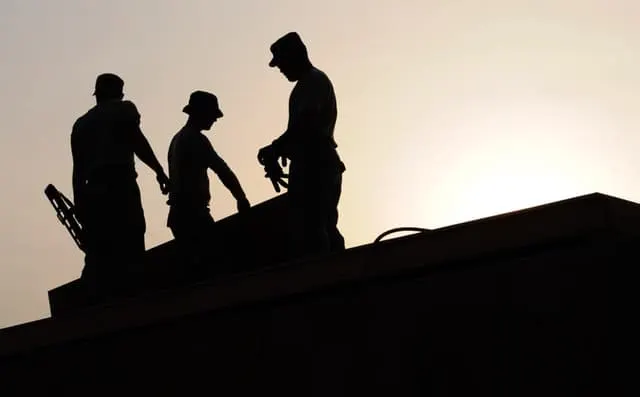
A home, shelter, office, or other construction structures are basic needs for humans, especially a shelter. However, the prices of buying a new home or office are increasing day by day, and we cannot blame it entirely on real estate prices. Another major reason for increasing prices is the high prices of building materials or construction materials. Traditional materials like timber, wood, paint, and PVC skyrocketed during the pandemic due to high demand. Its effect is still seen in the construction industry and not just for buyers, as even builders suffer due to the high cost of construction materials.
So, what is the alternative? How can you make your next project cost-effective? With the help of low-cost building materials, like eco-friendly materials, which are cheaper (especially in the long term) and innovative.
Here are some of the best low-cost options that you must check out immediately.
- Living building materials
Living building materials are sustainable construction materials that use microorganisms to build, multiple, and even heal cracks. These living biological materials are different from other biological materials, like timber. They have bacteria, making them sustainable, eco-friendly, and smart. Research is going on, and soon they will become one of the most used construction materials in the industry.
- Local building materials
Want to use traditional building materials for a particular project, but the cost is too high? Then, look for local vendors. When you buy building materials from local vendors, the transportation and distribution costs reduce, which helps the prices become reasonable for an affordable yet sturdy construction project.
- Cardboard
The pandemic has given people multiple things to think about and innovative new things. One such person is Vikram Dhawan from India, who, along with his brother, came up with cardboard beds. These recyclable beds are also inexpensive. They have a protective layer of waterproof substance, ensuring ease in cleaning. A lightweight option for your wooden bed. It is sturdy as well and perfect to make your housing project cheaper.
- Bamboo
One of the best building materials is bamboo. It is lightweight, sturdy, and inexpensive, and you can use it for constructing your next residential project. It can work both as a flooring material and a framing one. It is even stronger than steel, making it the future of construction material. Also, it is available in abundance in Asia and Latin America, which makes it a good and sustainable option. A construction that uses bamboo can easily last 30-35 years and is healthier than other options, which are full of adhesives and harmful to humans.
- Fly Ash Brick
Fly ash brick is another awesome alternative construction material, aiming to reduce carbon footprint and construction costs. Fly ash brick manufacturing happens from waste products, making it eco-friendly and cheaper than cement and red clay bricks (which is a national emission). By using fly ash brick, you can reduce the price of a project by 60%. In addition, using this product ensures a strong cold-weather resistant structure with sharp details and a smooth surface.
- Straw Bales
Straw Bales are not only an alternative cost-effective building material, but it is also healthy for humans. The researchers suggest that using straw bales makes your construction project withstand tornadoes better than other materials. However, their use is limited to the USA, especially in California. Yet, it is one alternative building material that is gaining momentum, and you should think about using it for your next project where appropriate.
- Corrugated metal sheets
To build a cheap construction project, you should think about using corrugated metal sheets. It is cost-effective and also durable. The best thing about this is that it can withstand any weather and even fire. It is also recyclable, and with a good coat of zinc over it, corrugated metal sheets can avoid rusting. However, it is not a good insulator, increasing utility price, which you need to consider when working with this material.
Aren’t these innovative? These sustainable materials are highly in demand, and you should undoubtedly check them out for your next project. Using these non-traditional construction materials can give you a great chance to build a cheaper yet safer and smart structure.
- Sagittarius Man & Gemini Woman Love and Sex Compatibility - January 31, 2024
- Taurus Ascendant Rising Personality Traits in Men (Guide) - January 31, 2024
- How to Seduce and Attract a Sagittarius Man (Seduction Tips) - January 31, 2024
